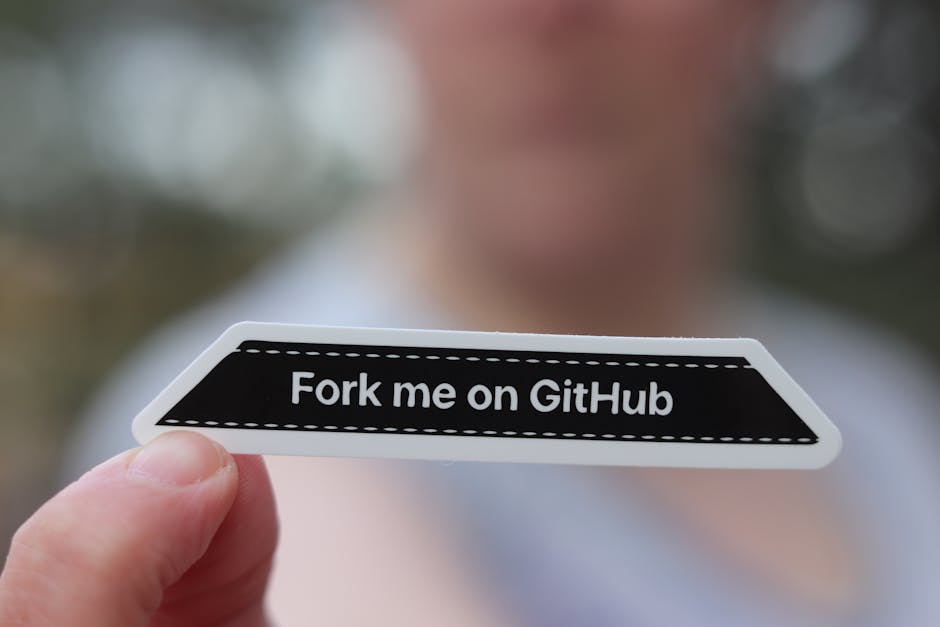How GitHub’s Spec Kit and Claude Code Are Transforming Modern Software Development
Software development is evolving at lightning speed, and so are the tools that shape it. In a world where unclear requirements and "vibe coding" slow teams down, developers are seeking structured, AI-powered solutions. Enter GitHub’s Spec Kit—an open-source toolkit that, when combined with AI coding assistants like Claude Code, promises to revolutionize how teams plan, execute, and deliver robust applications. In this article, we’ll break down Spec Kit’s capabilities, actionable steps for implementation, and why this approach is making "vibe coding" obsolete.
What Is Spec Kit and Why Does It Matter?

Photo by Christina Morillo on Pexels
Spec Kit, developed by GitHub, is a toolkit designed for spectrum development—an approach that emphasizes clear, upfront project specifications. Unlike traditional "vibe coding," where requirements are fluid and outcomes unpredictable, spectrum development delivers:
- Structured project initialization
- Clear, shareable specifications
- Seamless AI assistant integration (Claude Code, Gemini, Copilot, etc.)
- Reduced ambiguity for teams and stakeholders
"Spectrum development performs a lot better compared to traditional vibe coding because it provides clear specifications about the project we're trying to build." — Eric Tech, Senior Software Engineer
Key Moments: A Step-by-Step Spec Kit Tutorial with Claude Code
Below, we map out the main phases from Eric Tech’s video and provide actionable insights for your own adoption journey.
1. Streamlined Setup and Initialization
- Open your terminal and run the Spec Kit initialization command.
- Name your project (e.g.,
Fitbox app). - Install dependencies automatically.
- Choose your preferred coding assistant: Claude, Copilot, or Gemini.
- Open your project in VS Code—notice folders like
memory,scripts, andtemplatesfor modularity.
Pro Tip: Templates in Spec Kit provide reusable blueprints for specs; scripts help automate spec generation.
2. Generating Specs: The Foundation of Spectrum Development
- Use the
specifycommand to create a new feature specification and corresponding branch. - Include in your prompt:
- Application description
- Project goals
- User workflow
- Desired features
- Spec Kit generates a
spec.mdfile containing:- Feature branch label, date, status, user input
- Quick guides, user scenarios, edge cases
- Functional requirements and a "clarification box" for open questions
Actionable Tip:
Always address clarification points early. Use Spec Kit to list and resolve them with your team, improving spec accuracy and reducing rework.
3. Planning and Technical Research Made Simple
- Use the
plancommand to generate a detailed implementation plan:- Full execution flow
- Tech stack and architecture decisions
- Storage, database, and dependency choices
- Research files (e.g.,
research.md) compare options for UI libraries, databases, state management, and more.
Example:
For the Fitbox app, Spec Kit recommended Chassis UI with MCP integration, PostgreSQL for storage, and outlined frontend/backend structures.
4. Breaking Down the Build: From Plan to Tasks to MVP
- Use the
taskscommand to auto-generate a to-do list based on your plan. - Each task is uniquely numbered (e.g., Task 1: Setup NestJS 14 project, Task 2: Configure core dependencies, Task 3: Database setup, etc.).
- Group tasks by phase (setup, database, API, frontend, admin panel, etc.).
- Start implementation by referencing task ranges (e.g., implement tasks 1–5 for initial setup).
Best Practice:
- Commit early and often—track changes in your GitHub branch to safeguard progress.
5. Testing, Running, and Iterating
- Use
npm run devto launch your application (default: port 3000). - Explore the generated project structure:
src/for application logic, layout, components, and hookstest/for end-to-end, integration, unit, and contract tests
- Review the MVP in-browser and iterate based on feedback.
Expert Insight:
The integration of specification, planning, and task automation with AI agents reduces project drift, clarifies expectations, and accelerates delivery.
Why Spec Kit + Claude Code Is a Game Changer
Clear, AI-Driven Collaboration
- No more guesswork—AI agents work off detailed specs and actionable plans.
- Fewer misunderstandings among developers, PMs, and stakeholders.
Rapid MVP Creation
- Automated task breakdown means faster paths from idea to prototype.
- Built-in testing and review workflows improve code quality and reliability.
Scalable for Teams
- Reusable templates and scripts enable team-wide standardization.
- Branching and version control ensure every feature is traceable.
Actionable Tips for Adopting Spec Kit in Your Workflow
Get Started in 4 Steps
- Install Spec Kit and dependencies via your terminal.
- Choose your coding agent: Claude Code, Copilot, or Gemini.
- Create your first spec with the
specifycommand. - Plan, break into tasks, implement, and test.
Best Practices
- Resolve all clarifications before moving to planning.
- Commit all changes to your repository at each step.
- Review auto-generated plans for tech stack recommendations, and adjust as needed.
- Leverage research files to compare libraries, frameworks, and database options.
Conclusion: The End of Vibe Coding?
GitHub’s Spec Kit—especially when paired with AI coding assistants like Claude Code—signals a new era in software development. Moving from "vibe coding" to spectrum-driven, spec-first workflows means fewer surprises, higher efficiency, and better outcomes.
Key Takeaways:
- Spec Kit automates the most time-consuming parts of project setup and planning.
- AI agents can finally deliver on their promise when guided by clear specs.
- Teams save time, reduce errors, and achieve more predictable results.

